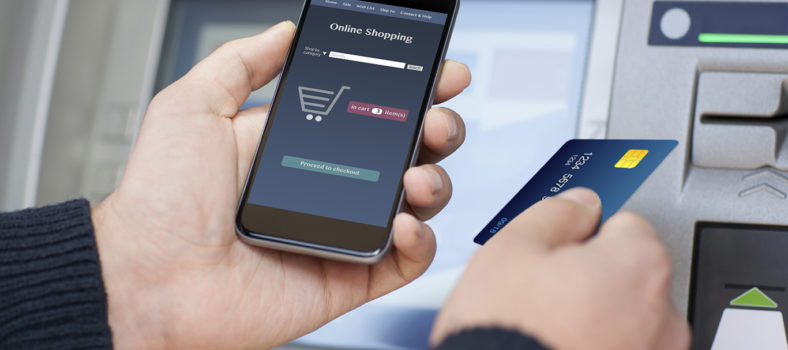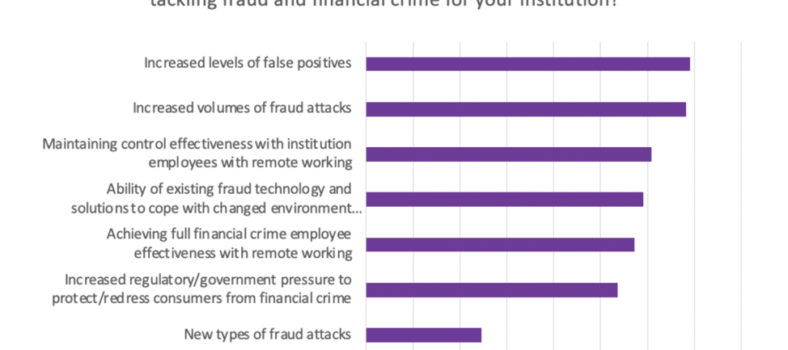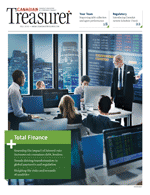 By Alex Amoriello
By Alex Amoriello
While the payments industry is traditionally known as a dynamic and adaptable industry, the COVID-19 pandemic has shed light on some of the complex and time-consuming processes within it. With resources and teams tighter than ever, and businesses looking for convenient ways to conduct any and all tasks, the ability to outsource services has become more attractive. Outsourcing payment process management — particularly when it comes to international payments — is no exception.
Outsourcing is the business practice of hiring a party outside a company to perform services that traditionally were performed in-house. For international payments, outsourcing services can eliminate many of the burdens associated with manually entering, managing and executing payments, meaning it can dramatically improve time efficiency. This not only increases productivity for the business, but also allows it to reallocate resources to other important tasks.
If this alone isn’t convincing enough, it’s also worth noting that outsourcing services generally requires no software purchases, no upfront financial commitment and no in-depth training, making the outsourced model advantageous when it comes to speed to market, adaptability and low cost to entry.
Since its inception, outsourcing has seen its fair share of accolades and debate. Originally created by manufacturers in the 1970s as a way to gain efficiencies, by the early 1990s outsourced services providers started to gain traction and quickly expanded; offering services that spanned across many business functions including IT, Human Resources, and Accounting. The primary goal of outsourcing was to reduce expenses, and many businesses embraced the model, as lower expenses ultimately translated into improved profit margins and more affordable pricing for the consumer. But as technology opened the doors to outsourcing abroad, debates ensued over work integrity and the shipment of domestic jobs overseas.
Today, outsourced service providers are successfully replicating the overseas business model here in the United States, leveraging talent from across the country. Manufacturers are also finding the United States to be more favorable to do business in and have been bringing jobs back at a record pace. According to USA Today “the number of jobs being re-shored by U.S. (manufacturing) companies has increased more than tenfold since 2010.”
Outsourcing your international payments
Although nearly all companies make domestic vendor payments, many organizations also have the added dynamic of doing business globally, thus creating the need to make foreign payments to overseas vendors. Most CFOs and Treasurers who deal with international payments will agree that these payments can be equally as time consuming and, in many cases, far more complex when compared to domestic payments — even if the number and value of foreign payments is much smaller than the domestic payments.
This is where an outsourced service provider can play an integral role. By becoming, in effect, an extension of the Accounts Payable department, foreign payments can be partitioned and managed by the service provider in its entirety — from invoice processing and data integration through to payment.
As a provider, we operate an invoice automation business that has been used for outsourced international payment services for over 25 years, since the Global Exchange business began in 1994. Cambridge acts as an extension of the AP department of a business, offering a service with less complications, more convenience and a lot of saved time and money.
So, while there are solutions available at the enterprise level to help streamline AP departments as a whole, outsourcing the international payments process itself may be a quick, affordable, and very effective choice for businesses that want to improve their return-on-time, save money and increase productivity — all by simply outsourcing the arduous task of managing and conducting international payments.
Alex Amoriello is Director of Business Development, Invoice Automation, Cambridge FX.




